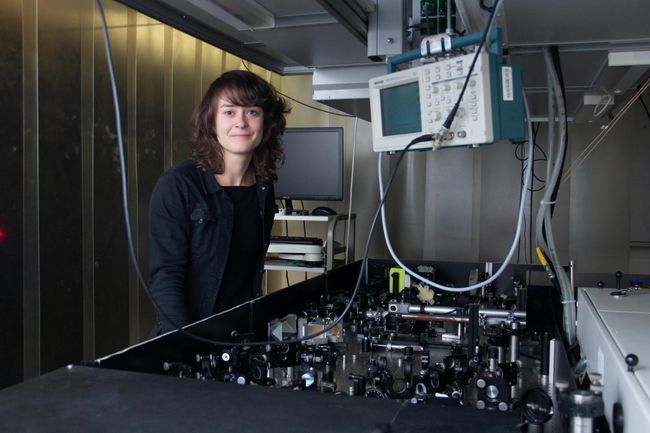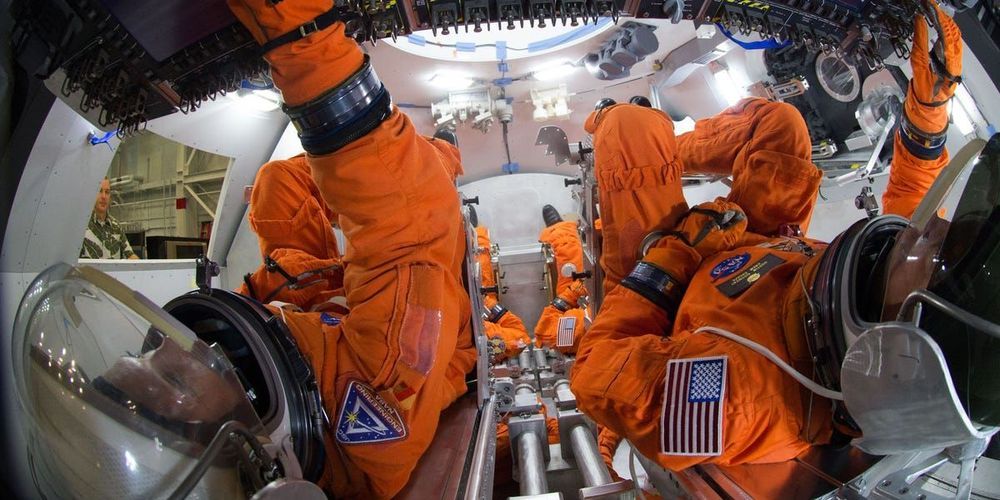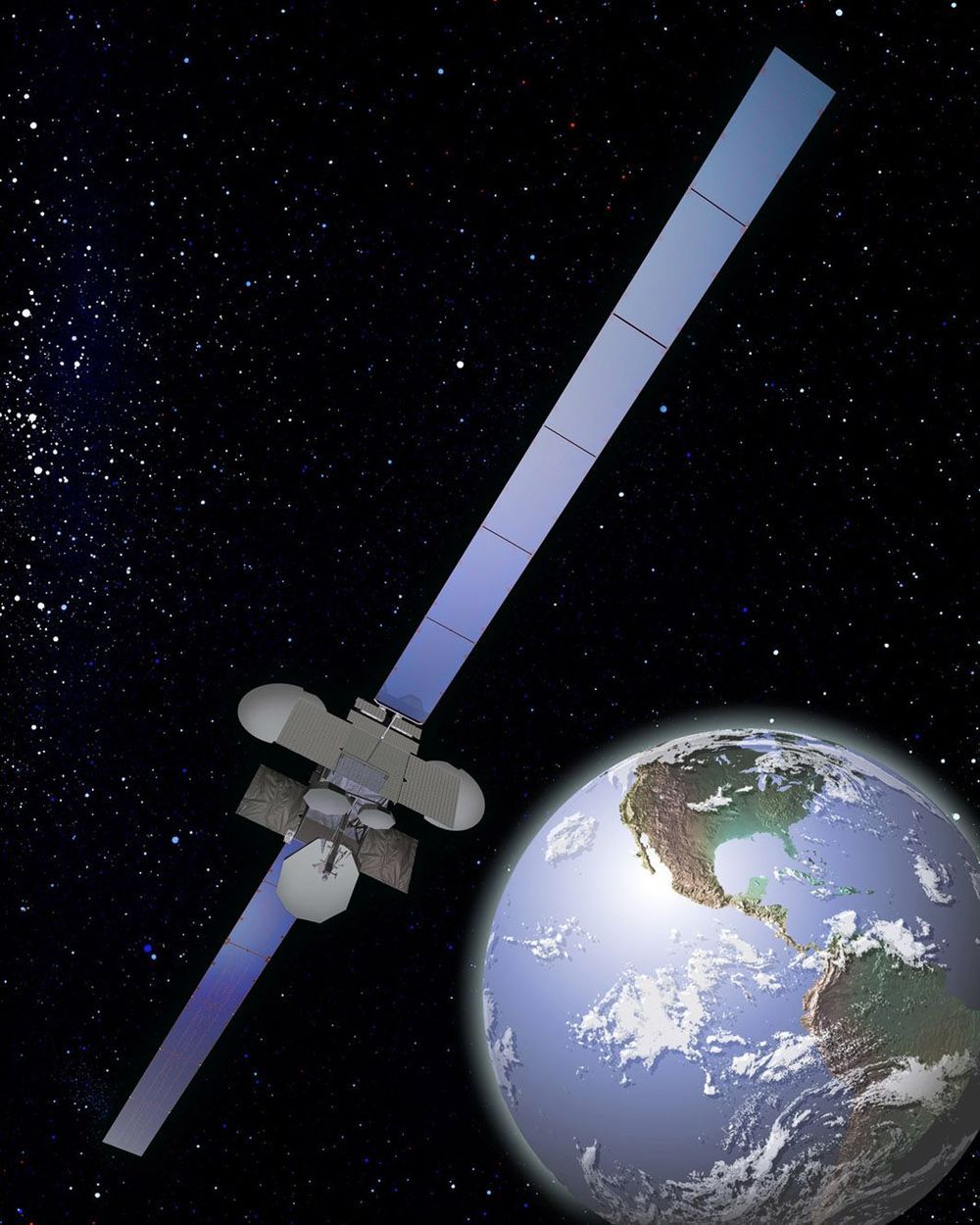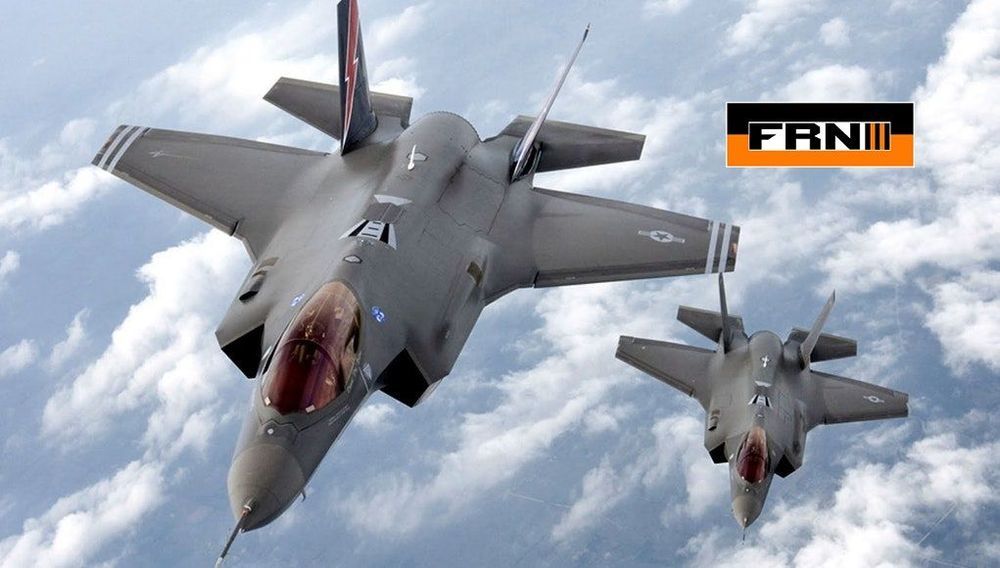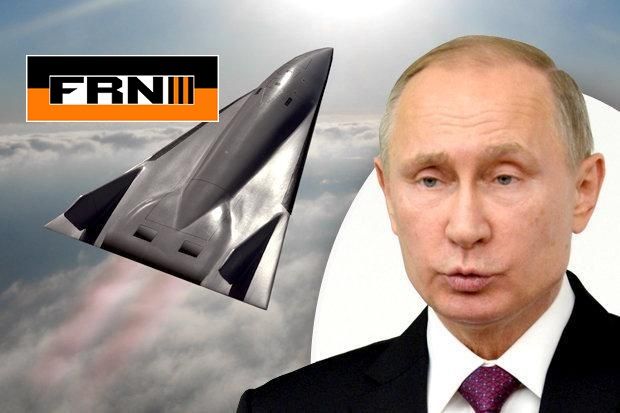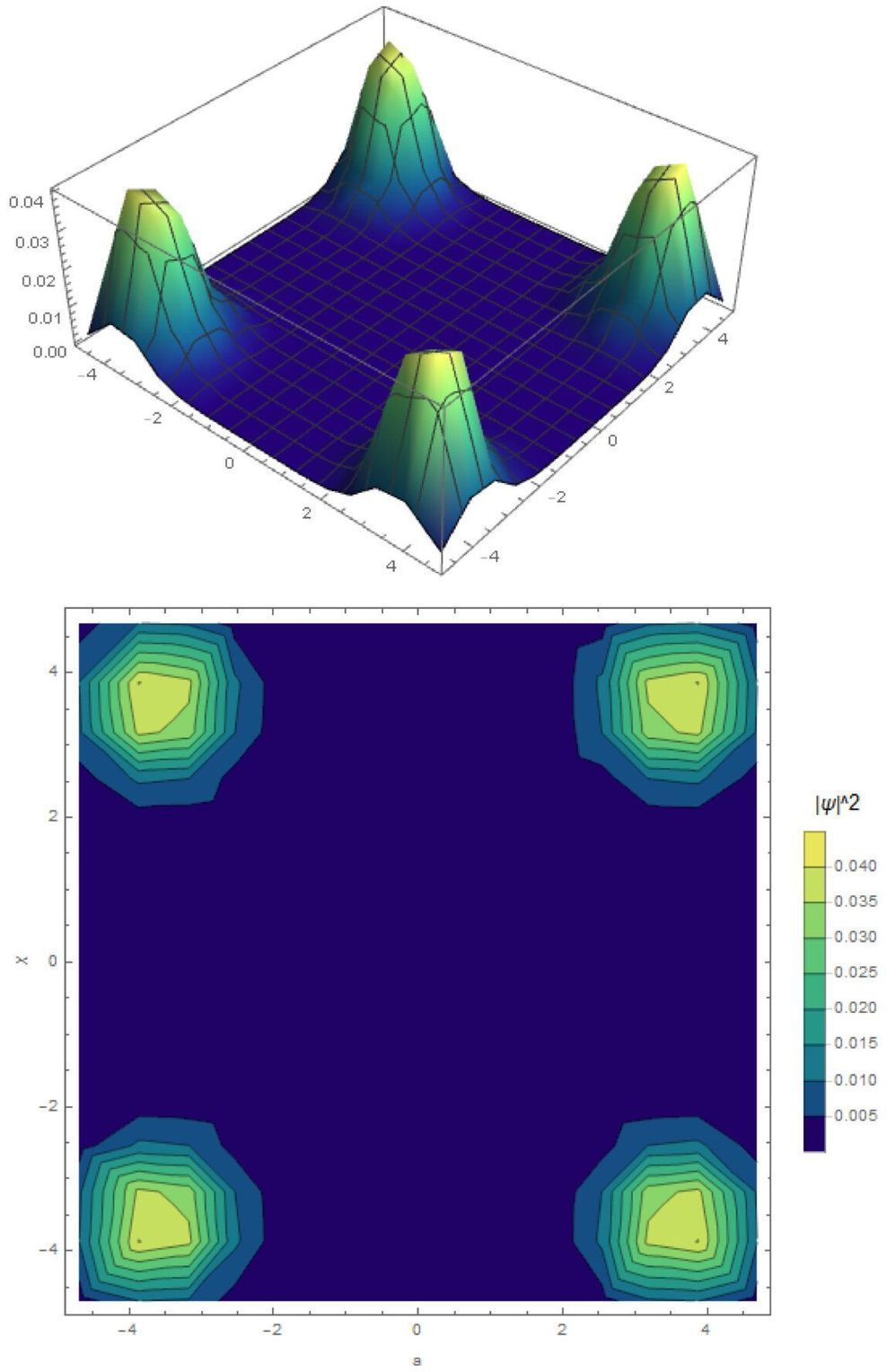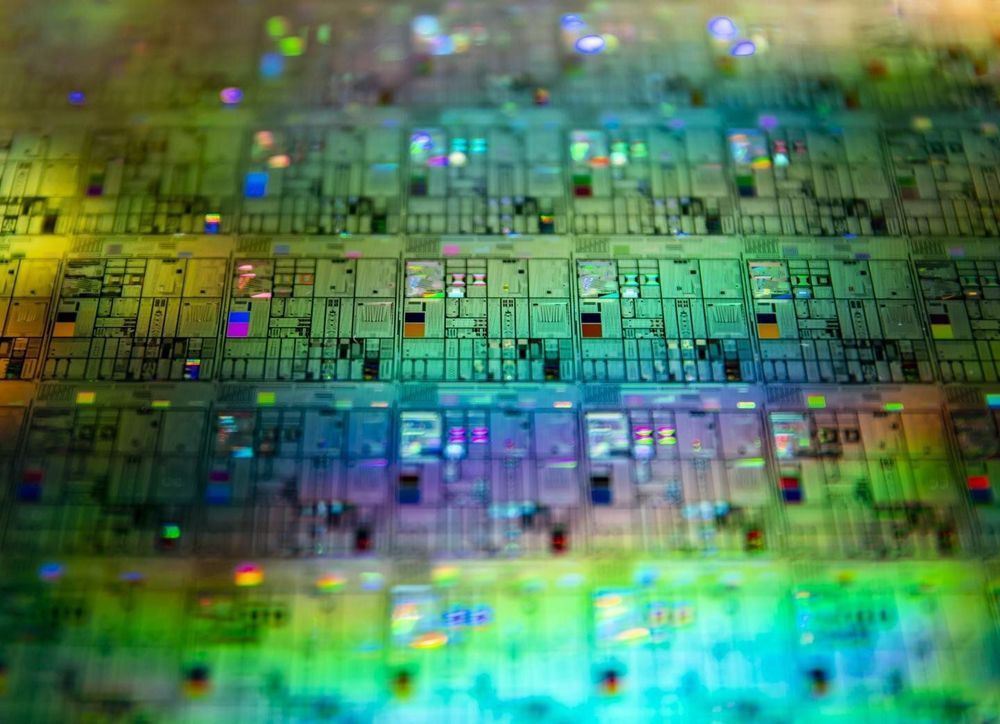
Taiwan has been the world’s hardware hub for decades, so the shift toward AI makes the most of the existing inexpensive engineering talent. A refocus on AI, however, reduces reliance on hardware, which can easily be made somewhere else, such as China, at lower costs. Multinational tech companies have already shown interest in tapping Taiwan’s talent in software, including AI.
To move things along further, the government of Hsinchu County, near Taipei, will open a 126,000-square-meter (about 1.3 million square feet) AI business park near one of Taiwan’s major all-purpose high-tech zones and two top universities.
“[The park] will not just help [promote] industry-academia cooperation, but also let AI-oriented startups and companies have a demo space to verify AI product services,” says Shirley Tsai, a research manager with IDC Taiwan’s enterprise solution group. “It will be helpful as well to attract the companies who are interested in the AI field and then accelerating the AI ecosystem.”
